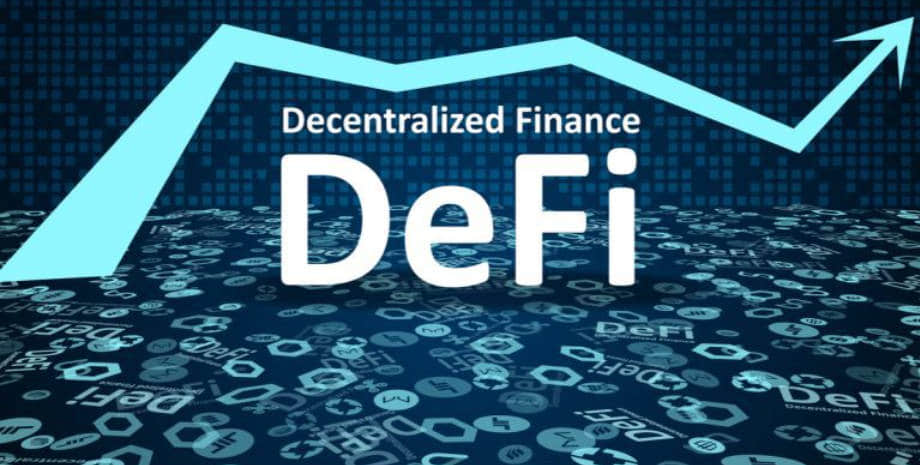BRC-20 Tokens and BTCFi: The Next Big Thing in the Bitcoin Ecosystem?
In Episode 45, Rich Rines, an early contributor to Core DAO, discusses the growth of BRC-20 and the movement towards increasing utility on the Bitcoin network.BRC-20 Adding utility to Bitcoin, a continuation of Satoshi’s vision – Core DAO contributor
🎙️ Welcome to another exciting episode of Hashing It Out, where Blocking.net’s podcast dives into the narratives that will shape the cryptocurrency conversation in 2024. In this episode, we have Rich Rines, an initial contributor to Core DAO, a layer-1 blockchain network that brings Ethereum Virtual Machine-compatible decentralized applications to Bitcoin’s governance. He sheds light on the potential rise of BRC-20 tokens and the movement to build utility and financial applications on top of the Bitcoin network, popularly known as BTCFi.
BRC-20 Tokens: Adding Excitement to the Bitcoin Ecosystem
Bitcoin has often been labeled as “digital gold,” a reliable store of value but with limited functionality. However, Rines argues that before the introduction of BRC-20 tokens, Bitcoin wasn’t necessarily boring but lacked the innovation and excitement found in other blockchain ecosystems. BRC-20 tokens have filled this void by allowing developers to create rich and diverse applications on top of the Bitcoin network.
🚀 Imagine Bitcoin as a digital Swiss army knife with BRC-20 tokens as the attachments that allow it to perform various functions beyond its traditional role. Now, Bitcoin holders can not only store value securely but also access a world of utility and financial applications seamlessly integrated into the Bitcoin ecosystem.
Satoshi’s Vision: Building Utility on Bitcoin
Some might question whether building utility on Bitcoin aligns with Satoshi Nakamoto’s original vision. However, Rines suggests that Satoshi’s primary goal was to create better money with Bitcoin. While Bitcoin excels as a store of value, it faces challenges in becoming the best form of currency due to scalability issues.
- The Future of Crypto: Insights from the Komodo CTO
- Algotech (ALGT): Revolutionizing Cryptocurrency Trading with Advanced Algorithms and Blockchain Technology
- Deciphering the Whale’s $46M ETH Transfer Across Major Platforms
To address this, Rines proposes layer-2 networks that operate alongside the Bitcoin base layer. Think of these layer-2s as parallel universes where the security and stability of the Bitcoin network are safeguarded, while experimentation and innovation can flourish in creating new financial systems. In essence, it’s like building a rocket ship to explore new frontiers while keeping the Earth and its treasures safe.
💡 These layer-2 networks can potentially pave the way for a vibrant BTCFi ecosystem, enabling users to access a range of financial services, such as lending, borrowing, and decentralized exchanges, all while benefiting from the security and brand recognition of the Bitcoin network.
The Evolution of Ecosystems: From Ethereum to Layer-2s on Bitcoin
Rines acknowledges the merit of existing layer-1 networks like Ethereum and Solana, which have nurtured thriving DeFi ecosystems. However, he believes the landscape may shift as user needs evolve. Once layer-2s on Bitcoin offer the same level of functionality and user experience, he expects users to gravitate toward these ecosystems, capitalizing on the familiar and established Bitcoin network.
🌐 The migration to layer-2s on Bitcoin could potentially create a unified financial ecosystem where Bitcoin holders don’t have to look elsewhere for utility and financial applications. The future could see Bitcoin seamlessly integrating a wide range of DeFi services while preserving its position as the ultimate store of value.
🔊 To delve further into the world of BRC-20 tokens, BTCFi, and their potential impact on the Bitcoin ecosystem, check out the full episode of Hashing It Out on Spotify, Apple Podcasts, or TuneIn. And remember to explore the full lineup of other shows on Blocking.net.
🔍 Additional Q&A Content:
Q: What exactly is a BRC-20 token? A: BRC-20 tokens are tokens built on top of the Bitcoin network, similar to ERC-20 tokens on Ethereum. They enable the creation of decentralized applications and innovative financial services within the Bitcoin ecosystem.
Q: Are BRC-20 tokens limited to financial applications? A: No, BRC-20 tokens can be used for a wide variety of applications beyond finance. They can represent digital assets, enable tokenized real-world assets, or even power decentralized social networks.
Q: How do layer-2 networks improve scalability on Bitcoin? A: Layer-2 networks operate “on top” of the Bitcoin base layer, handling transactions off-chain. By moving most transactions to these layer-2s, the scalability of the Bitcoin network improves significantly, allowing for faster and cheaper transactions.
📚 References:
- Spot Bitcoin ETF: Bidding War Heats Up as Applicants Drop Proposed Management Fees – Read more
🌟 Enjoyed this article? Share your thoughts and let us know on social media! We love hearing from our readers.
We will continue to update Blocking; if you have any questions or suggestions, please contact us!
Was this article helpful?
93 out of 132 found this helpful
Related articles
- Web3 Phishing Attack: How Scammers Made Off with Over $580,000 Worth of Crypto 😱💸
- Crypto Scammers Pull Off a Sneaky Rug Pull, Fooling Even the Detectives!
- Solana Blockchain Sets New Record for Stablecoin Transfers
- Ethereum and BNB experience continuous growth while Borroe Finance excels in DeFi with an impressive presale in Stage 4.
- Moonwell’s Plan Sparks Controversy as Users Debate the Use of Nomad Collateral to Address Frax Bad Debt
- How a Crypto Trader Made $6.77 Million in Three Hours with a Banana Gun
- Zero-Knowledge Proof Powered Layer-2 Blockchain Manta Network Faces DDoS Attack






